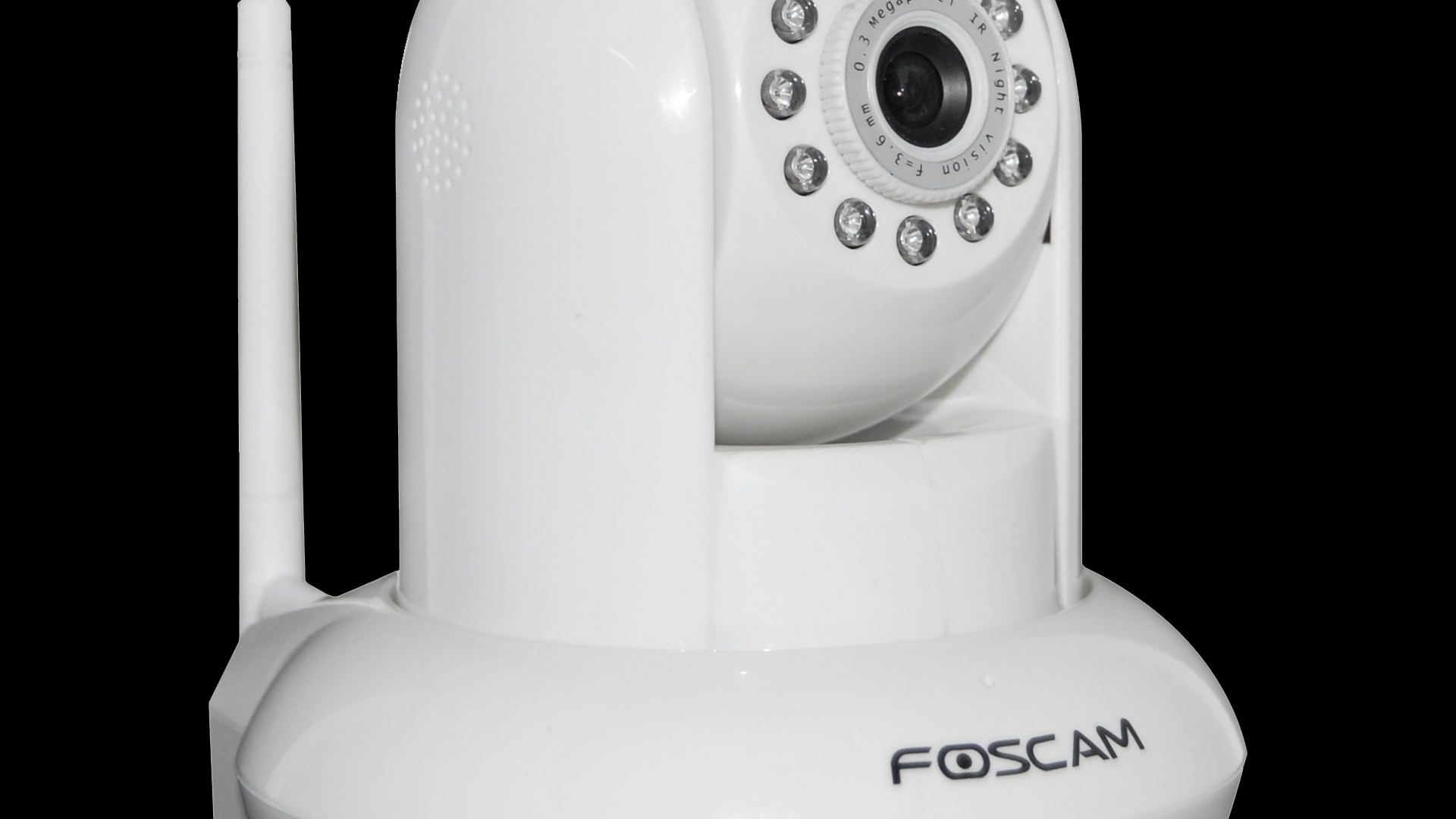For years we’ve been predicting the arrival of the smart home, this week the Chicago Tribune reports that the connected household may be becoming a reality.
The Chicago Tribune describes Raffi Kajberounihi’s Santa Clarita home where his doors and his home automation systems are all controlled by his smartphone.
Most of the technology in Raffi’s house isn’t new, it was just unaffordable for most people until recently.
“It had always been an upscale-type business: Unless you were in the top 5% of income levels, you didn’t have access to this type of connectivity,” said Randy Light, merchant of home automation for Home Depot.
Wireless Internet and the widespread proliferation of smartphones are making smart home technologies more sophisticated — and affordable.
“This used to be something out of ‘The Jetsons’ or limited to the super-rich,” said Jonathan Dorsheimer, an analyst at Canaccord Genuity. But as smart home technology has improved and costs have come down, “it’s becoming more mainstream.”
While much of the focus on the smart home has been around the consumer applications, much of the real potential lies in the machine to machine possibilities.
The Nest smoke detector is a good example of how smart devices are evolving, it doubles as a nightlight and is intelligent enough to spot the difference between burning toast at 7am and a smoldering electric blanket at 11pm.
The next wave of air conditioners could be checking the weather forecast and adjusting settings before a cold change hits, similarly a smart alarm clock may well check transit and traffic information to adjust wake up times when the trip into work is unusually congested.
For all the benefits though there are risks; as we saw with the Foscam baby monitor, security remains a real concern that isn’t as built into devices as it should be.
Over time, we’ll find these smart technologies are changing our households. With that will come advantages and risks that we’ll have to manage.

Leave a Reply